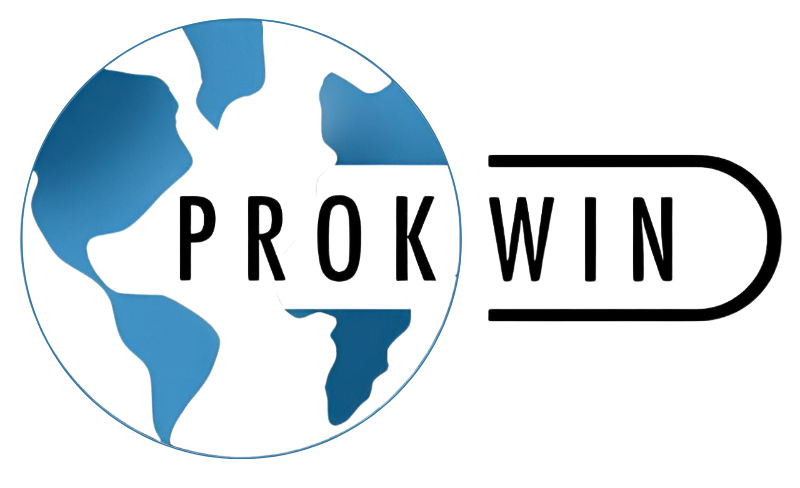Do your spend management tools feel more like a headache than a help?
In part 1, we explored spend data, how to understand it, clean it, & turn it into actionable insights. but even the best data is only as good as the tools we use to manage it.
Many companies invest in spend management software, yet they find themselves stuck!
Why? because they often face one (or more) of these challenges:
1️⃣ wrong tool -> the system doesn’t align with actual needs
2️⃣ lack of adoption -> teams are not trained or underuse key features
3️⃣ disconnected systems -> tools don’t integrate, leading to scattered data
4️⃣ rigid processes -> outdated ways of working slow down adoption
5️⃣ misalignment with strategy -> the tool exists, but it doesn’t contribute to business goals!
When choosing or optimizing a spend management tool, we often focus first on technology or budget -> yet the real starting point should be 1. People, 2. Processes, & 3. Tools.
Rethinking our approach? People, Process, & Tools
1️⃣ People: adoption & usability first
▶️ technology is only effective if the people using it understand its value & know how to leverage it. before assessing tools, we need to assess adoption!
▶️ how do people currently use (or avoid) the tool?
▶️ what frustrations do they have? l(training, complexity, missing features)
▶️ is the tool solving real problems or creating new ones?
Next steps:
▶️ engage teams, understand their concerns
▶️ ensure proper training, practical, use cases
▶️ provide ongoing support to drive adoption & ensure long term use
2️⃣ Process: making sure tools fit our way of working!
Before choosing a system, we need to ensure our processes are optimized! Tools should support good processes, not be workarounds for inefficient ones.
▶️ do our current workflows align with business goals?
▶️ where do bottlenecks occur? approvals, invoicing, contracts?
▶️ what needs to change: processes or the tool itself?
Next steps:
▶️ map out workflows to see where inefficiencies lie
▶️ define clear process requirements before selecting or updating a tool
▶️ integrate automation where it makes sense, ensuring efficiency & scalability
3️⃣ Tools -> selecting & optimizing for impact
A spend management tool should work for us, not against us!
Instead of focusing on features alone, we need to evaluate its fit within our ecosystem!
▶️ does the tool integrate seamlessly with finance, procurement, & supplier systems?
▶️ is it flexible enough to scale with business needs?
▶️ are we leveraging its full potential, or are we stuck in manual workarounds?
-> Assess whether our current tool meets business needs or if alternatives should be explored & ensure seamless system integrations
Final thoughts
Spend management tools are not just a technology investment! They should align with the business goals and help us make better decisions.
Smart spend management isn’t about the tools, it’s about people & processes that make those tools work. Let’s get it right!


No responses yet